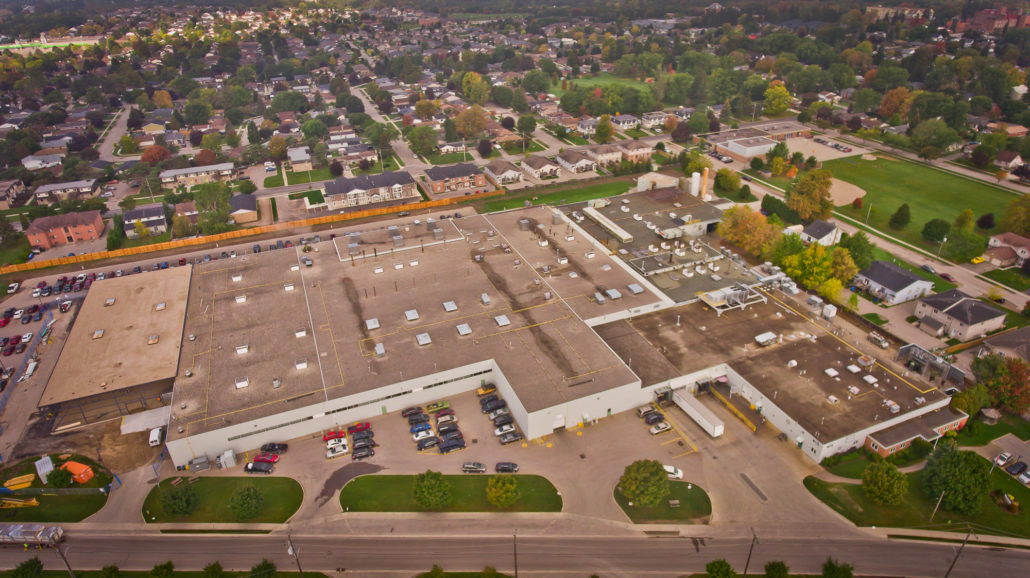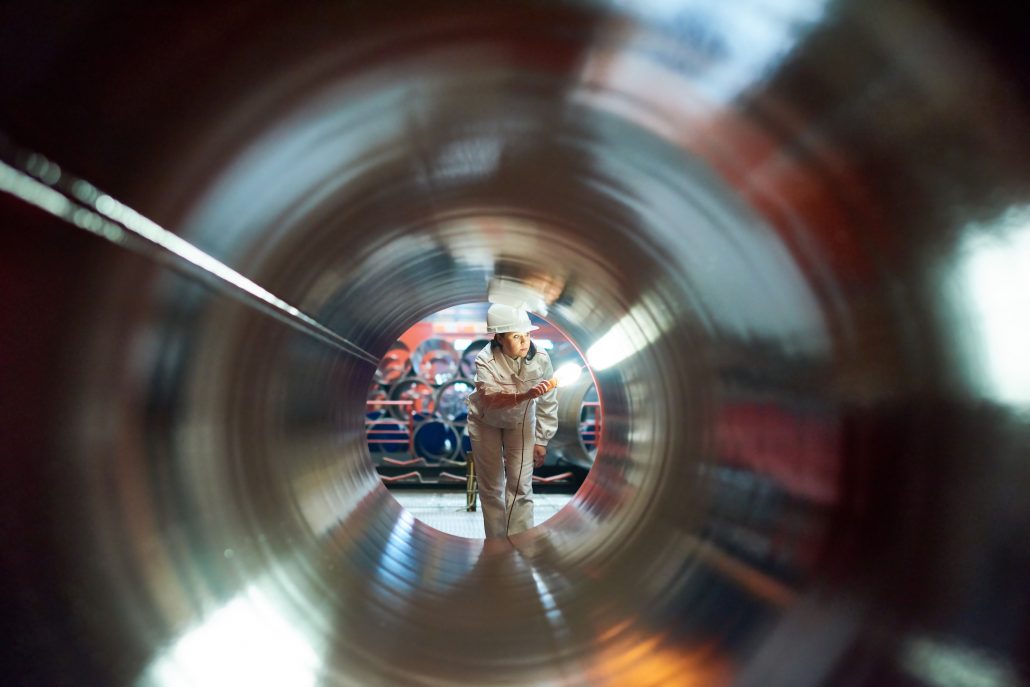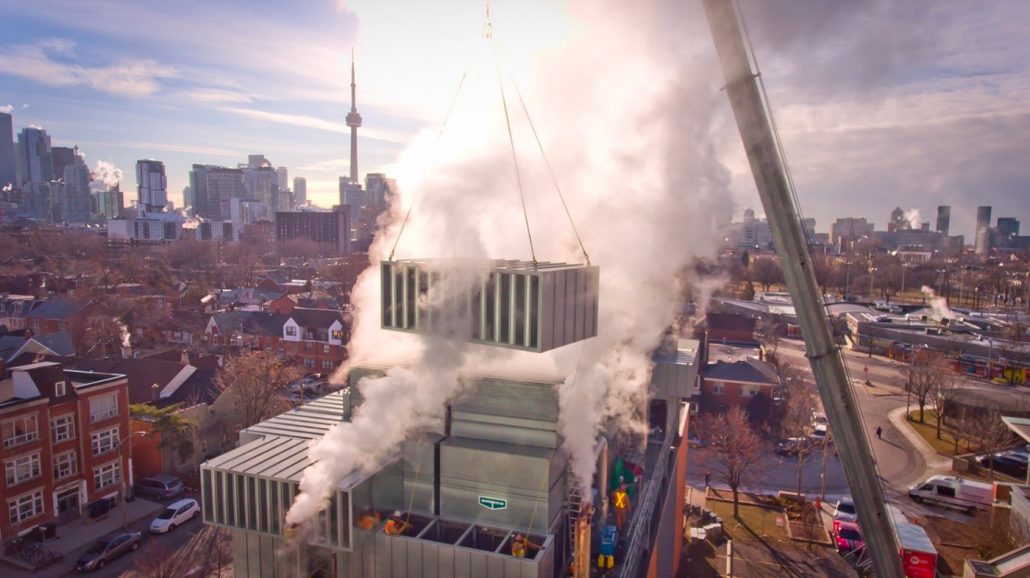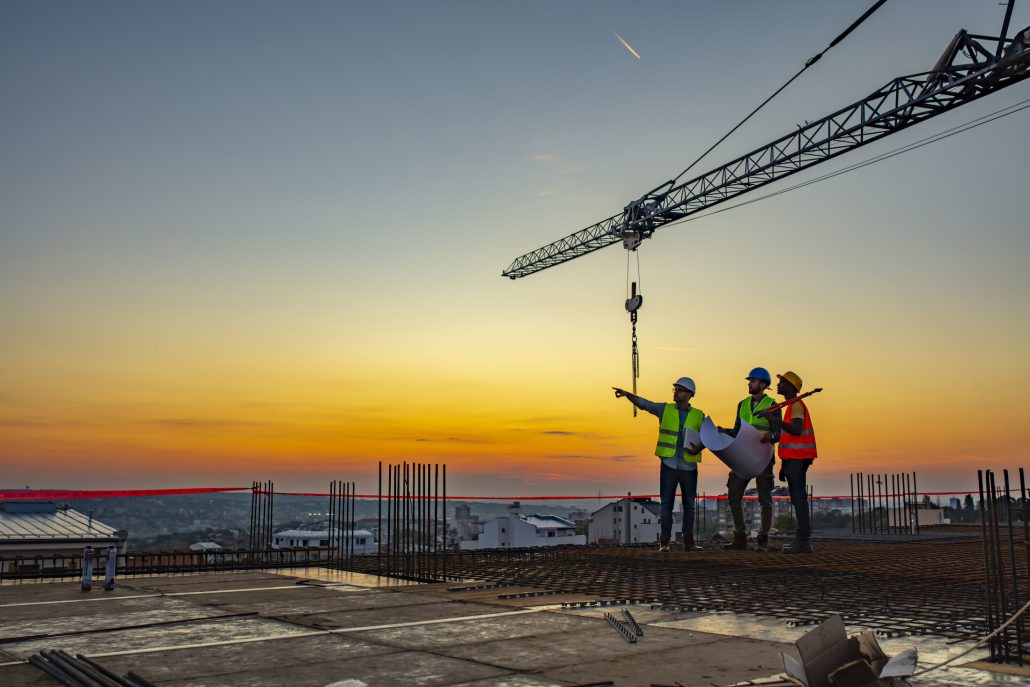Unwanted or unexpected facility noise issues come in many different shapes, sizes and circumstances.
Perhaps it’s a noisy chiller on the roof of your facility that’s keeping the neighbour awake. Maybe it’s a series of proposed mechanical equipment changes for a building improvement project that fall outside of local regulatory ordinances. Or, it could be a process line in your plant that’s exposing employees to sound levels in excess of occupational health and safety limits.
Put simply, the sources of facility noise issues and the circumstances in which they can arise are virtually limitless.

While no two noise problems are ever the same, a common by-product is the uncertainty that frustrates facility owners or engineers, leaving them struggling to find viable solutions. This prompts them to ask a simple (yet often befuddling) question: ‘We clearly have a noise problem, but how do we manage it?’
At this stage, knowledge is power—which is a key point that can go a long way to protecting a facility owner’s bottom line. The better informed you are about the nature of your equipment and the characteristics of your facility when a noise problem arises, the lower the mitigation costs and risk to address it. But arriving at a solution is rarely a linear path.
Commonly overlooked are the degree of complexity and risk that can become evident when mitigating a facility noise problem. Though there are a host of standardized noise solutions available on the commercial market, close attention must be paid to how those solutions are properly sourced and effectively integrated into an existing building or process. In other words, the process of determining how to mitigate a noise problem is too often reduced to the physical componentry that will fix it (i.e. sound barrier, silencer, enclosure, etc.). Though this seems like a logical first step, each solution bares its own set of challenges when having to physically install and integrate them as part of a building system.

No matter the solution, there are several critical considerations and design elements that need to be evaluated prior to committing to any noise abatement strategy. And here’s the good news: while noise problems may seem daunting and overwhelming, they don’t have to be. With a bit of preparation and information gathering you can more effectively and efficiently navigate the murky waters of noise mitigation.
Here’s how:
Step #1: Identify the Problem
No matter how a noise problem rears its ugly head, the first step is to engage a reputable acoustical consultant to perform an engineered analysis. They will assess the existing or planned mechanical equipment that could pose potential noise problems through in-field sound measurement and/or computer-aided acoustical modelling. They’ll then compare these levels against regulatory ordinances to ensure (at a minimum) that your noise abatement strategy will result in full compliance with local codes. They’ll also produce an Acoustic Assessment Report (AAR) that outlines which noise sources are the problem and the defined levels of performance that are required to mitigate them.
For a noise control supplier, this is where the design process starts. That’s why it’s imperative that acoustical consultants are given adequate budget and scope to perform a thorough analysis of each source. This, at a minimum, should include reduction requirements for each noise source identified on an eight octave band frequency spectra. Time for collaboration with an engineered noise control supplier to evaluate mitigation alternatives is also highly recommended, as it sets the course for arriving at the most practical and cost-effective end solution.
These scope items provide not only the detailed performance information needed to optimize the noise control selection, but also offer flexibility to enable the necessary collaboration between supplier and consultant to arrive at a practical noise abatement strategy for your site.
Step #2: Avoid the temptation to budget too early
Once you’ve cleared the first hurdle (e.g., developing the Acoustic Assessment Report), most facility owners jump head-first into budgeting. In fact, most of Parklane’s in-bound queries are from clients trying to determine how much their noise problem will cost to fix. Although this is a perfectly logical next step, it can be ill-timed if budgeting isn’t supported with some additional (and critical) pieces of information.
Regardless of the resultant noise abatement strategy you end up selecting, there will likely be an alteration (large or small) to your existing facility. It’s therefore recommended that noise abatement be treated like any other building improvement project—that is, before you try to conceptualize how much your noise abatement strategy will cost, you’ll need to gain an understanding of the broader scope of work required to complete the project. Otherwise, this can lead to major deviations in actual project cost from what was originally budgeted.
Thus, to avoid incurring excess amounts of ‘cost risk’, we recommend that subsequent steps be followed and closely evaluated prior to selecting and budgeting a noise abatement strategy.

Step #3: Understand the options
When it comes to noise mitigation, you have several different options at your disposal. In no apparent order, here are a few common methods to resolving mechanical noise issues:
- Operational change—Running mechanical equipment at a lower load or capacity to reduce its overall sound impact. This is typically carried out through the installation of a variable frequency drive to ensure mechanical equipment can operate based on demand levels, rather than at a constant or ‘full load’ output.
- OEM supplied components—Some manufacturers offer after-market options such as low-noise fan blades, insulated casings, compressor blankets, and other add-ons to the equipment that will reduce operating sound levels.
- Equipment relocation—If the noise ‘receiver’ is on one particular side of the building, equipment can sometimes be relocated to another area of the building where there is no impact to local residences.
- Equipment replacement or decommissioning—If the equipment asset is nearing end-of-life, this may be an opportunity to replace the equipment altogether with a quieter unit. Conversely, it may be an opportunity to assess whether the equipment is needed at all.
- Contract an Engineered Noise Control Provider—It’s possible to contract a firm such as Parklane to design custom noise attenuation components onto or around the noise source. This would typically come in the form of retrofit noise control systems such as acoustic louvres, silencers or noise barriers, to name only a few potential options.
It’s important to note that each path should accomplish two critical criteria:
- It will fix the noise problem—Meaning, there should be a level of certainty associated with the remedy selected. For example, decommissioning the equipment will obviously result in correcting the issue. Also, most engineered noise control suppliers will offer performance guarantees on their solutions.
- They don’t create another problem—Such as, impacting the facility’s critical processes, impacting function of the equipment, accessibility for maintenance, or exceeding capacity of the existing building structure.
Before deciding on which strategy is best for you, we recommend you gather information outlined in the steps below. Once this information is understood and gathered, you’ll be able to make an informed decision on the most practical path forward.

Step #4: Understand your equipment
Regardless of the noise attenuation solution you choose, it’s important to understand how your equipment performs, the function it serves and its utility in satisfying your building or organization’s operational needs. If possible, source the technical data sheets for each component to understand key performance parameters such as maximum allowable pressure drop, system air flow, air velocity, heat rejection, motor horsepower, clearance requirements and other basic operating conditions for the equipment. Rest assured that noise attenuation suppliers will (or at least should) ask for that information before engaging in a mitigation project.
Step #5: Understand your building structure
The specifics of the noise mitigation solution will also be determined by the characteristics of the structure itself. If you require after-market noise control such as sound barriers or silencers, for example, these (potentially large) components may have a structural impact.
Gaining access to the building’s structural drawings will dramatically help to evaluate various mitigation alternatives that may be more practical given the known structural constraints. If structural drawings are no longer available, it is recommended that a licensed structural engineering firm (or noise control firm with in-house structural expertise) be engaged to develop a localized understand of the building’s structural capacity.

Step #6: Understand your logistical site constraints
Regardless of the strategy you choose to adopt, there will likely be some sort of construction operation that will need to occur before and/or during installation.
Logistical constraints will dictate where heavy equipment (such as cranes and transports) will need to be positioned, which will almost certainly impact the cost of the project and the time required to complete it. These constraints should be clearly understood when compiling the final scope of work and costing for the project.
Step #7: Consult an expert and get your project started
At this point, you’ll have the information you need to establish the best possible approach to correcting your noise issue, as well as the details required to develop an accurate budget for the project.
The strategy you implement (outlined in Step #3) will dictate who you consult next. For a general opinion, it’s recommended that you consult a firm that specializes in turnkey delivery of after-market noise abatement. Firms such as Parklane, for example, specialize in both solution design and fabrication, along with physical delivery and installation. These firms can typically point you in the right direction regardless of the option you choose.
Most importantly, remember that choosing the right service provider and approaching a challenge holistically will reduce long-term risk, lower project costs and help to mitigate potential future liability concerns.

Step #8: Don’t Delay
Though the timeframes in which noise issues must be resolved vary greatly depending on the situation, it’s always recommended that a plan of action be developed promptly after gaining an understanding that the problem exists. Some regulatory agencies reserve the right to impose significant fines or restrictions on facility operations if noise problems aren’t adequately mitigated. If not prepared, these circumstances can force facility owners to expedite noise mitigation projects. This situation is, of course, costly and stressful. So, regardless of the timeline for which you choose to implement noise mitigation measures, having a well-established plan in place is vital to controlling risk, costs, and overall impacts to your facility and your operation.
Matt Downey, President
